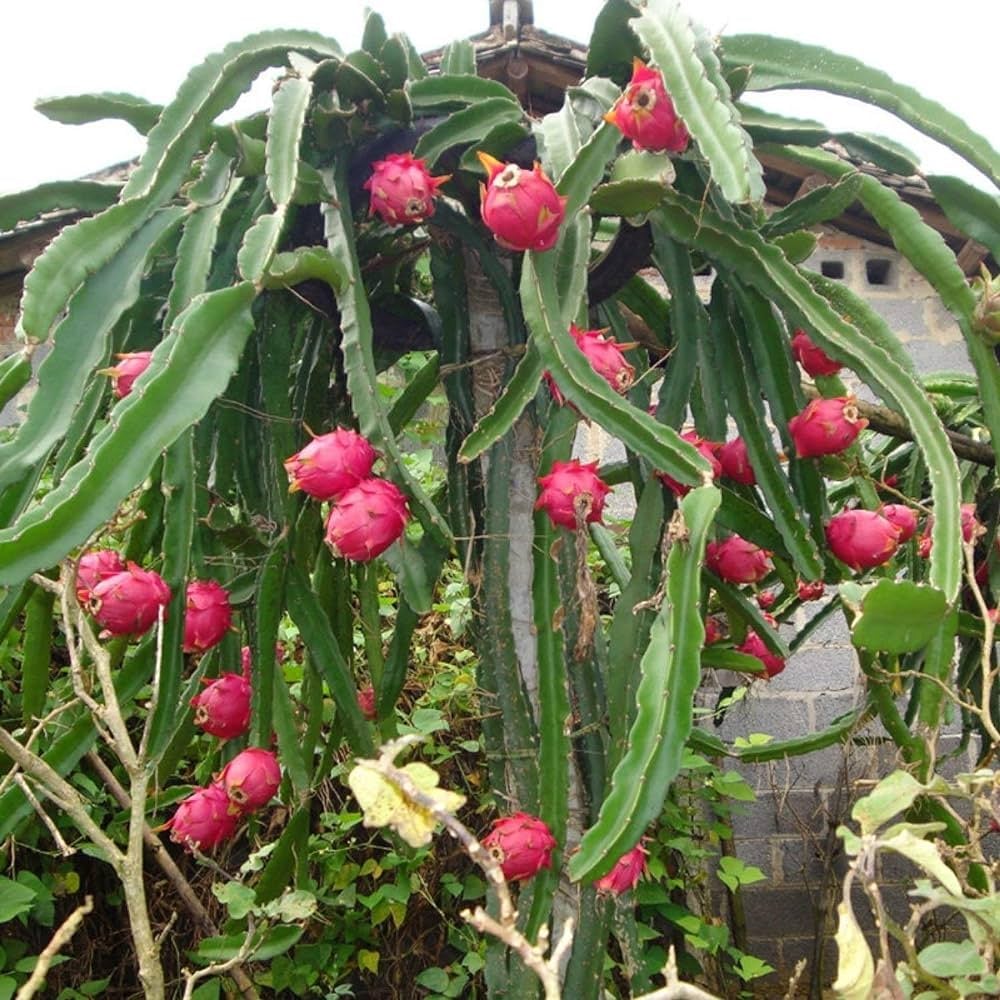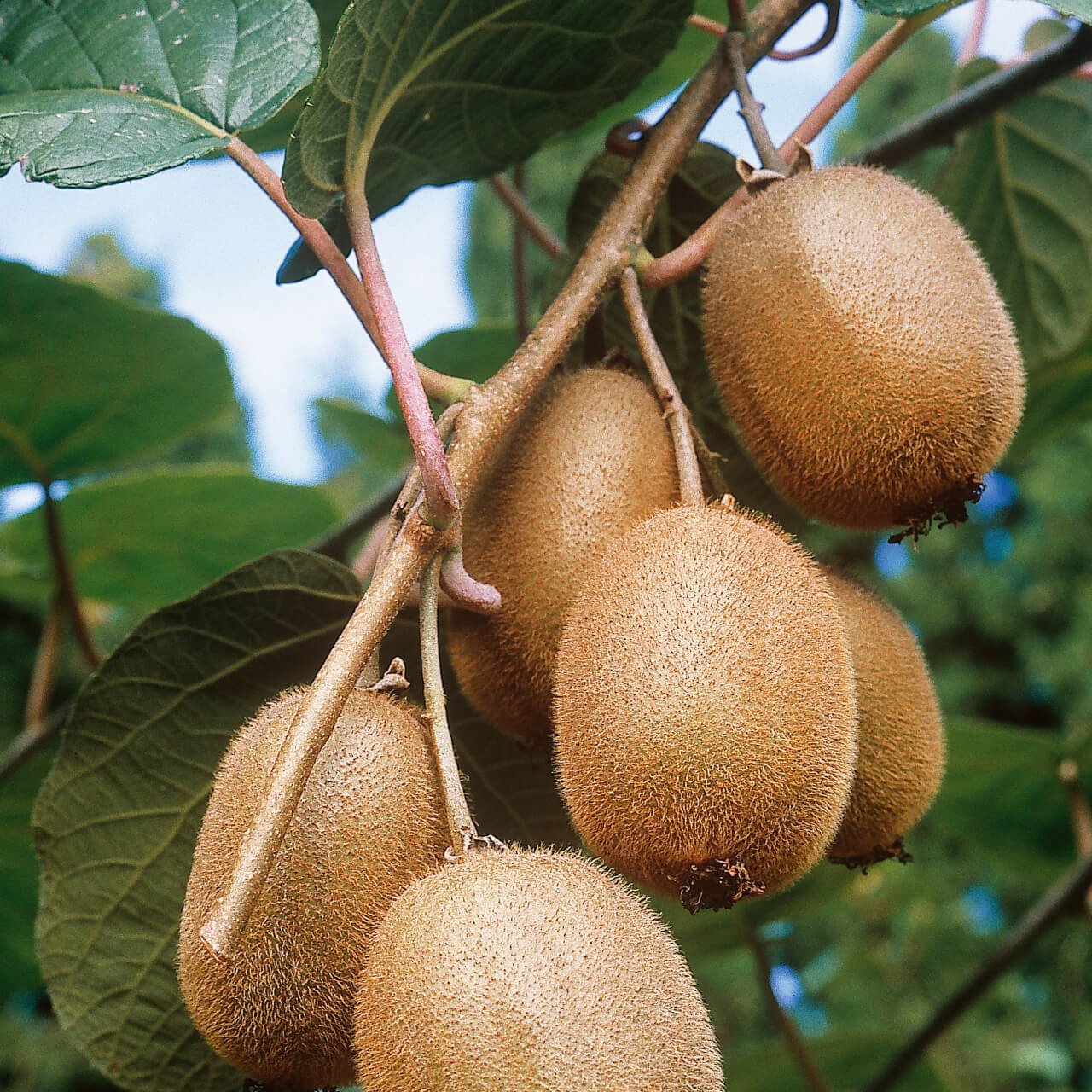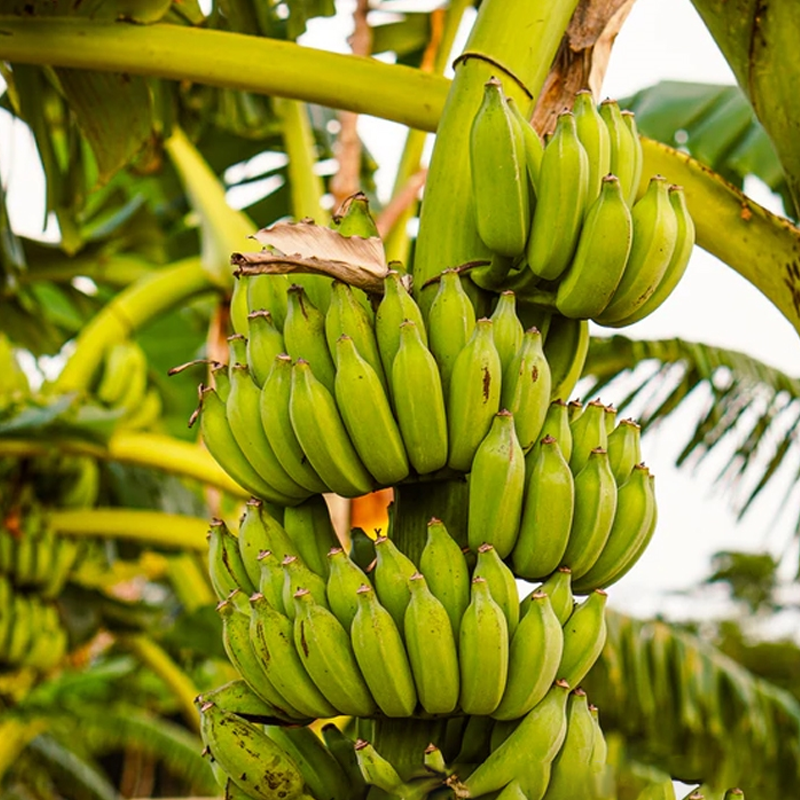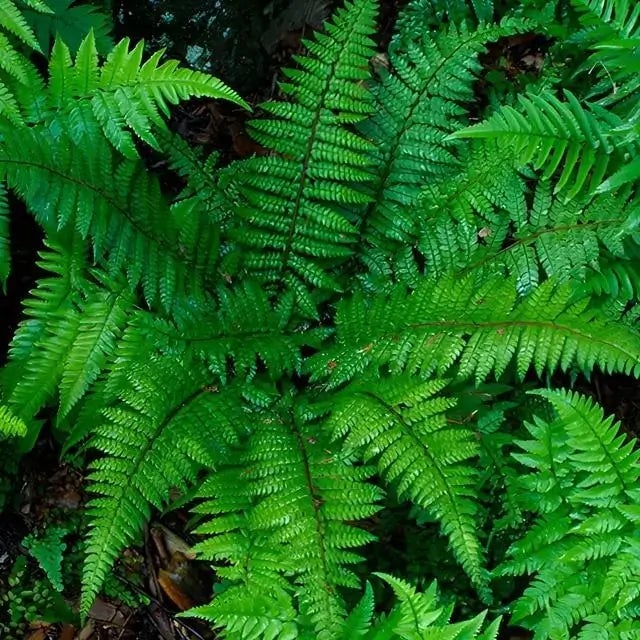



Christmas Fern
Low maintenance and hardy plant
Soil erosion prevention and control
Resistant to pests and diseases
Thrives in
ZONE 3ZONE 4ZONE 5ZONE 6ZONE 7ZONE 8ZONE 9This plant ships:
Ships Now (5-7 Days)Christmas Fern - Polystichum Acrostichoides
Christmas fern is an evergreen fern that stays lush and green year-round, making it one of the favorites of all native fern species. Native fern plants need very little sunlight but grow best in moist, cool places, like on the edges of the woods or in wild-type areas. They offer a richly green color and an airy texture that looks great in any arrangement. Here are a few fascinating facts about these plants and why we love them so much!
Why Gardeners Love the Christmas Fern
This native fern species has an evergreen crown with a characteristic round, branched, and leafy crown covered with soft green fronds. The fronds are densely packed together on the top of the plant, with similar leaves at the base. The fern's structure consists of two layers: a coenosteum and an epidermis. Coenosteum: The coenosteum is at the very top layer, and it is filled with starch granules that give shape and definition to each fern'.
Epidermis: The epidermis covers all other parts of the plant's body but does not form any pinnules or leaves as it needs light for photosynthesis.
An Excellent Shade Garden Fern
There are various reasons people love ferns so much. They're beautiful and add a natural touch of green to any arrangement. Their richly green color and airy texture look great in shade beds, gardens, and even wood lines where the sun seldom shines.
Hardiness of This Native Fern Species
These plants are hardy in zones 3-9 and can withstand cool temperatures in the coldest US zones. Their mature height seldom reaches over 16", and their spread is neat 20" at maturity. The ground is dark green, and they drape and grow upright and sometimes weeping. Since they are native plant rhizomes, they need very minimal care and thrive when you allow Mother Nature to nurture them. They are native plants, and this makes them super low to no maintenance.
How do they grow?
The plant is an epiphyte that grows in many places, such as trees, walls, and rocks. It does not need sunlight and usually grows in damp environments, making it perfect for keeping inside during winter. When it grows, its leaves have a reddish-pink coloration that changes to green the next day.
Where do they originate from?
Christmas Ferns grow wild and are native to the Appalachian Mountains, but there is evidence that they were in China as early as 7000 BC. They were introduced to Europe about 100 years ago and were the first imported into America.Conclusion The Christmas Fern is a plant with a fascinating story. Although it's been around since the beginning of time, it was only discovered as a Christmas plant in the late 1800s. Christmas ferns are rare, beautiful, and hardy.
This Is How Your Plants Will Look upon Delivery

Height at Maturity
Over 2 Feet
Care
Christmas Ferns are low-maintenance and thrive in well-drained, nutrient-rich soil. Keep the dirt always moist but not waterlogged. They benefit from occasional applications of compost and should be kept free of debris to prevent disease. Prune dead fronds as necessary.
Plant Reproduction
Christmas Fern spreads via rhizomes and spores, forming dense clumps
Choose early spring or fall when the soil is moist and cool to plant healthy bare-root ferns. You can also use dormant plants to grow year-round. When you arrive, please soak the roots in water for several hours to rehydrate them. Ferns thrive in moist and shaded areas. Dig a hole wide and deep enough to spread out the roots comfortably. Position the fern so the crown (where the roots meet the fronds) is just at or slightly below ground level. Gently backfill with soil firmly around the roots, and thoroughly water to settle the soil and eliminate air pockets. Apply a 2-3 inch layer of mulch for weed control and to retain moisture, ensuring the mulch does not touch the crown. Water during dry periods is used to keep soil moist but not soggy. Avoid fertilizing in the first year, as ferns prefer nutrient-rich soil over direct fertilization.
Shipping date depends on the date displayed and chosen when you order from the product's page.
We only accept returns on plants verified dead. If you think your plants have died, we offer a 1 year warranty, please use this File a Claim Link to verify dead plants and start with return warranty process.





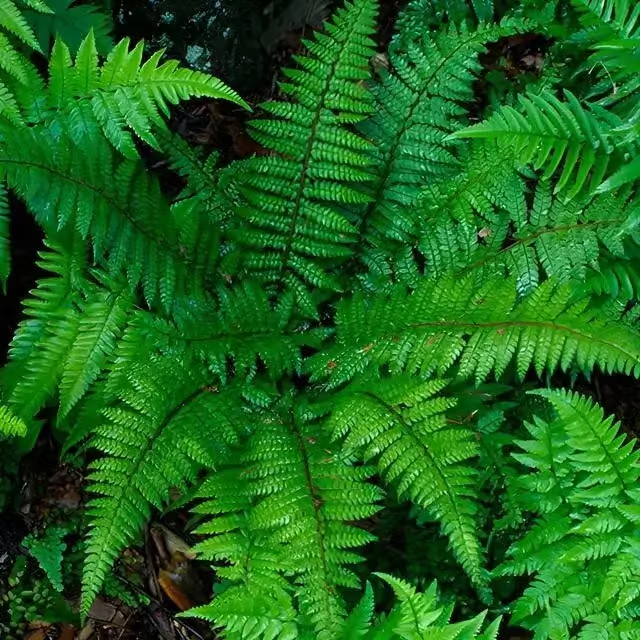
Lush Evergreen Foliage:
Christmas Fern delivers a dense, vibrant green cover that remains visually appealing year-round, even through the coldest months. This continuous green presence enhances your garden's aesthetic.
Resilient and Hardy:
Christmas Fern is known for its robustness, adapting well to various soil types and weather conditions. It remains hardy through cold temperatures, making it a dependable choice for diverse climates.
Adaptable to Shade:
Ideal for low-light areas, this fern thrives in shaded or partially shaded spots where other plants might struggle. It brings life and texture to otherwise challenging garden spaces.
Low Maintenance:
With minimal care requirements, Christmas Fern is perfect for gardeners looking for beauty without the constant upkeep. It requires occasional watering and minimal attention to stay healthy.
Caring Tips
How do I care for my Christmas Fern?
Each box contains detailed care instructions and information about your product. But here's the basics.
Care Tips
Christmas Ferns are low-maintenance and thrive in well-drained, nutrient-rich soil. Keep the dirt always moist but not waterlogged. They benefit from occasional applications of compost and should be kept free of debris to prevent disease. Prune dead fronds as necessary.
Light Requirements
Christmas Fern (Polystichum acrostichoides) thrives in low to moderate light exposure. It prefers shaded to partially shaded areas like woodland gardens or under-tree canopies. Direct sunlight should be evaded, as it can burn its delicate fronds.
Hardy Planting Zones
3 • 4 • 5 • 6 • 7 • 8 • 9
Header
Use this content to share information about your store and products.
Frequently Asked Questions
How often should I water my plants?
How do I know if my plant is getting too much or too little sunlight?
What should I do to prepare my plants for winter?
What are the signs that my plant needs fertilizing?
How can I prevent pests from damaging my plants?
How do I choose the right plant for my climate zone?



